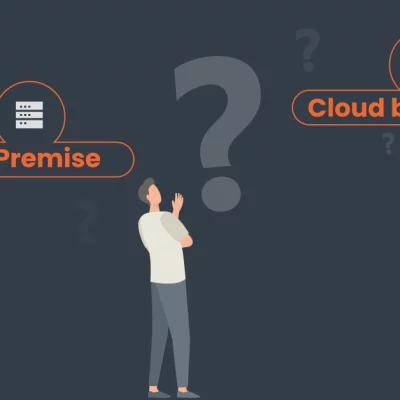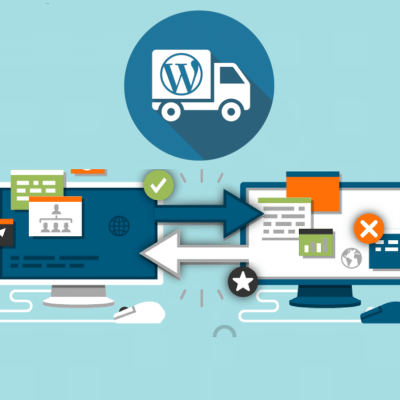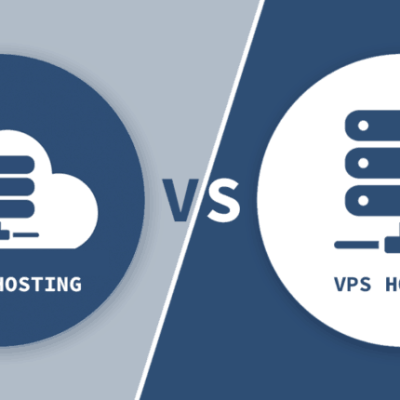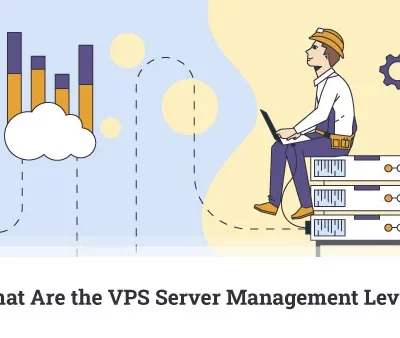
In today’s digital age, businesses rely on servers to store data, run applications, and power websites. But within this realm, two options emerge: traditional servers and cloud servers. While both can fulfill your digital needs, understanding their key differences is crucial for selecting the right tool for your arsenal. So, buckle up as we embark on a journey through the digital landscape, illuminating the intricacies of servers and cloud servers.
Traditional Servers: Your On-Premises Guardians
Think of a traditional server as a dedicated hardware unit residing within your physical space. It acts as the brain of your network, storing data, running applications, and facilitating communication between devices. These behemoths offer undeniable advantages:
- Complete Control: You own the hardware, granting absolute control over security, customization, and resource allocation.
- High Performance: Dedicated hardware often delivers superior performance, ideal for intensive applications or large data volumes.
- Data Privacy: Data physically resides within your premises, providing enhanced privacy and control over sensitive information.
However, these advantages come with their own set of challenges:
- High Costs: Purchasing, maintaining, and powering servers incur significant upfront and ongoing expenses.
- Scalability Limitations: Expanding storage and processing power requires additional hardware purchases, leading to logistical and financial constraints.
- Technical Expertise: Managing and maintaining servers requires specialized technical knowledge, often necessitating dedicated IT personnel.
Cloud Servers: Elastic Warriors in the Digital Sky
Cloud servers, on the other hand, operate in the ethereal realm of the cloud, residing within data centers managed by service providers like Amazon Web Services (AWS) or Google Cloud Platform (GCP). These virtual warriors offer a compelling alternative:
- On-Demand Scalability: Easily scale your resources up or down based on your needs, paying only for what you use. No more hardware clutter or stranded resources.
- Cost-Effectiveness: Eliminate upfront hardware costs and pay a predictable monthly fee based on your usage.
- Accessibility: Access your server from anywhere with an internet connection, offering exceptional flexibility and remote work capabilities.
- Simplified Management: Leave the server maintenance to the cloud provider, freeing your resources for core business activities.
However, the cloud doesn’t come without its own considerations:
- Control Trade-off: You relinquish some control over the underlying hardware infrastructure, although many providers offer customization options.
- Security Concerns: Data resides in the provider’s data centers, requiring careful vigilance and robust security measures.
- Potential Network Dependency: Smooth operation relies on a stable internet connection, and outages can disrupt your server’s accessibility.
Choosing the Champion for Your Digital Landscape
So, who wins the ultimate battle? It depends on your unique needs and priorities. Here’s a quick guide to help you choose the champion for your digital landscape:
-
Choose Traditional Servers if:
- You require absolute control over security and customization.
- You have intensive applications or handle large data volumes.
- You have the budget and technical expertise for on-premises management.
-
Embrace Cloud Servers if:
- You prioritize flexibility and scalability to adapt to changing needs.
- You desire cost-effectiveness and want to avoid upfront hardware investments.
- You value remote accessibility and simplified server management.
Beyond the Binary: Hybrid Possibilities
The battle lines don’t have to be so rigidly drawn. Many businesses opt for a hybrid approach, combining the strengths of both worlds. They maintain critical servers on-premises for complete control and performance, while leveraging cloud servers for flexible overflow needs or specific applications.
Remember, the choice isn’t a one-time decision. Evaluate your current needs and future projections to determine the optimal path. As your business evolves, constantly reassess your server strategy, adapting to your changing demands and leveraging the ever-evolving landscape of cloud technologies.
Beyond the Battlefield: Mastering Your Digital Destiny
Choosing the right server is just the first step in mastering your digital destiny. Remember to:
- Secure your digital fortress: Implement robust security measures to protect your servers and data, regardless of their location.
- Optimize your resources: Monitor your server usage and optimize resource allocation to avoid unnecessary costs and ensure efficient performance.
- Stay informed and adapt: The digital landscape is dynamic. Stay updated on new technologies and adapt your server strategy to leverage emerging opportunities.
With a clear understanding of servers and cloud servers, the right strategy, and constant vigilance, you can navigate the digital landscape with confidence, ensuring your business thrives in the ever-evolving tech ecosystem. So, step forward, wield your knowledge as your weapon, and claim your digital victory!






